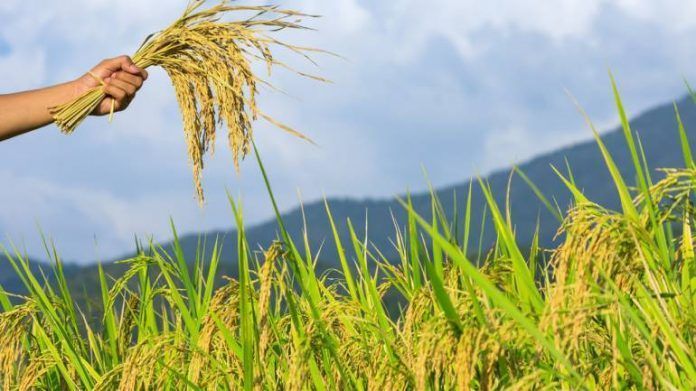The weighted average increase in minimum support price (MSP) is around 13 percent compared to an average 4 percent over the last four years.
The hard work starts now. The Narendra Modi government has delivered on its budget promise of offering farmers a price at least 50 percent higher than the cost of production for Kharif crops. Now, it needs to ensure that farmers can actually benefit from higher support prices.
The Union Cabinet Wednesday approved minimum support prices (MSP) for Kharif crops factoring in a cost of production that also takes into account land rentals and the imputed value of family labour. That translates into significantly higher MSP increases. For paddy, the MSP is 13 percent higher than last year’s, for moong, 25 percent, and for ragi, it is as high as 52.5 percent. The weighted average MSP increase is around 13 percent compared to an average 4 percent over the last four years.
The hike in prices is likely to impact food inflation. According to calculations by IndusInd Bank Chief Economist Gaurav Kapur, the 13 percent increase in MSP of rice alone can push CPI inflation higher by about 30-55 basis points (bps) over the rest of the year.
However, it is also important to note that rising support prices will help shift the terms of trade in favour of the farmer. Food prices have been low because of a variety of factors including surplus in production, low MSPs in previous years and low international prices. An increase in MSPs should hopefully translate into more money in the hands of farmers and boost consumption as well, which will have a spillover effect in the rest of the economy.
A noteworthy point of the price hikes is that the highest price hikes have been offered in coarse cereals. These are typically consumed in rural India and account for 8 percent of Kharif production now compared to 16 percent in 2003. Changing tastes and price advantages given to other crops have shifted cultivation to other products like sugarcane. Correcting the price distortion will also help relieve some of the water stress since these crops are less water-intensive.
The key for the price hike to have the desired effect will be in implementation. There have been cases where farmers have been unable to sell their produce at the mandis because of reasons such as shortage of storage to state governments simply refusing to buy.
The government has so far not announced the details of the procurement or compensation programme. While crops like paddy and wheat have somewhat efficient procurement systems, a lot needs to be done to ensure that farmers get the benefit of support prices for other crops as well.
In March, the NITI Aayog released a discussion paper outlining three schemes: a market assurance scheme where States will take the onus on procurement and compensation, a price-deficiency procurement scheme and a private procurement, where farmers are compensated on sale price below MSP prices, and a stockist scheme where private entrepreneurs are encouraged. Whatever scheme is finally chosen, it will have to ensure that farmers will get the benefit of higher support prices.
Secondly, the government needs to ensure that farmers are promptly paid for their produce. Farmers have been known to sell to the local trader at a lower price as the trader was able to give them outright cash.
The implementation of the MSP hikes is only the first step in achieving the government’s goal of doubling farmer income by 2022. Other interventions to make marketplaces more efficient, ways to increase agricultural productivity, and shifting people away from the agricultural workforce will be key to ensuring rural prosperity.


